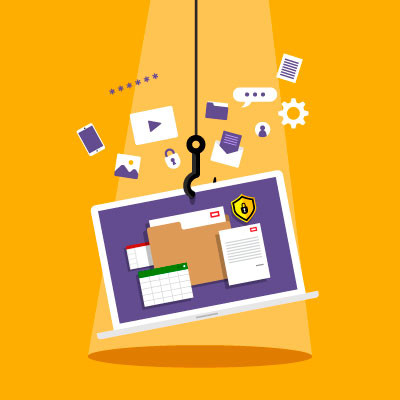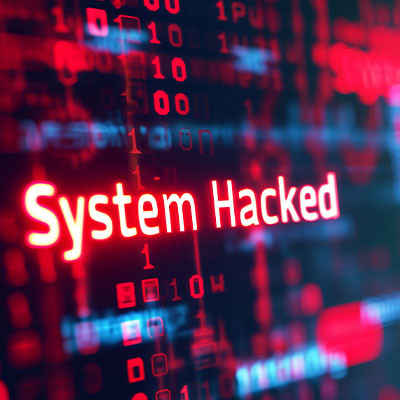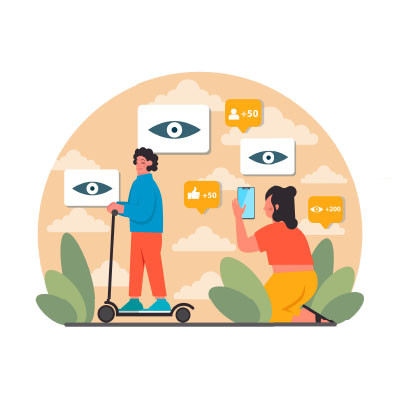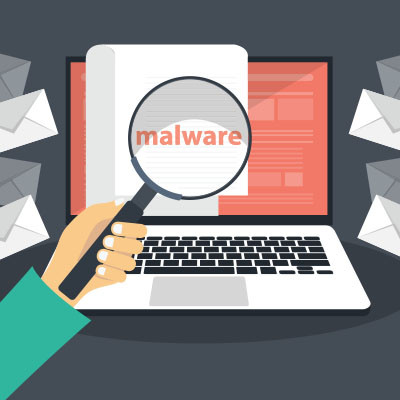Apple rarely sends out alerts about threats, and that is because threats that target Apple devices are somewhat rare in the first place. However, on April 10, 2024, Apple saw fit to send one to certain users in 92 nations by email. These notifications were “designed to inform and assist users who may have been individually targeted by mercenary spyware attacks.” What does this mean, exactly?
Computerware Blog
In today’s world of perpetual security breaches and cyberattacks, it’s no surprise that the greatest response to such threats is to actively prevent them from harming your organization in the first place. One key tool in this effort is an endpoint detection and response (EDR) solution. With endpoint protection on your business’ side, you can leverage a robust and powerful security solution to handle a significant portion of your network security.
Cyberattacks often attack healthcare organizations, including businesses and vendors they associate with, primarily due to how lucrative they can be. One particularly nasty hack is just one of the many organizations which have been featured in headlines due to their inability to protect against security threats. Let’s explore this new situation with UnitedHealth Group and see if there is anything you can learn from it.
Humans have all kinds of stakes in digital security thanks to today’s online world demanding that we be more online than ever. Whether it’s personal information or financial details, you can bet everyone is at risk to some degree. Today, we want to examine why individuals—even technology professionals—are not immune to data theft.
If you’re in the know about cybersecurity and, specifically, mobile malware, you might have heard the name XLoader in the past. The malware has gone through considerable versions and variations, allowing it to steal information from users in more than seven countries, but the most recent is incredibly scary.
Network security is an incredibly nuanced topic with a lot of specifics that must be addressed. Still, today, we want to give you some actionable items that you can use to take an active role in improving network security for your business. Let’s dig into some of the essential dos and don’ts of network security for small businesses.
A single oversight can potentially nullify the effectiveness of your cybersecurity measures. For instance, even if you've implemented security measures like multifactor authentication, a phishing scam or certain malware variants could grant unauthorized access to your email, compromising all the data stored in your inbox.
Data security is one of those things that you have to stay out in front of. Hackers and scammers are changing tactics and getting a little more sophisticated as time goes on and it creates a pretty difficult situation for most IT administrators. Utilizing multi-factor authentication (MFA), two-factor authentication, or whatever it is called by the application you are using has become a great way to add an extra layer of security to organizational data protection efforts. Today, we will discuss the benefits of this strategy and why it isn’t a be-all, end-all to your overall security.
Data security is an integral part of not just business operations but everyday life at this point. Most people agree that specific measures to protect data security, like verifying emails and updating antivirus software, are reasonable. However, one aspect that many people fail to consider is oversharing information on social media.
2023 was a banner year for AI (Artificial Intelligence), as it truly entered the zeitgeist in a way that it previously had failed to. Many companies and industries have considered ways to implement AI and make it part of their operations, while others might be fearful of it for its role in job scarcity. However, 2024 might show businesses that they should be worried about AI for a reason you might not have anticipated: AI-generated cyberthreats.
Remember the era when antivirus software, like most computer programs, came packaged in hefty textbook-sized boxes on store shelves? Fortunately, those days are over. Today, there are a myriad of antivirus options available with a very basic Google search. Having so many options can overwhelm someone looking for basic protection for themselves, so today we thought we would look at free antivirus and whether or not it can be an option.
It should come as no surprise that one of the biggest online retail days of the year also incites a lot of scams and threats targeting not just consumers, but online businesses as well. Let’s go over some of the major statistics surrounding online retail scams and what you should know as you navigate the post-holiday chaos.
Keeping your data safe is extremely important. More precedence has been put on data privacy and security in recent times as phishing and ransomware litter the landscape. Unauthorized access to data can lead to severe consequences. The methods employed by cybercriminals today are more sophisticated than ever; and it quite often allows them to breach organizational data security. Today, we thought we would take a look at a few strategies people are using to protect their data.
Scams using online retail giant Amazon have become more frequent around the holidays as online purchases tick up. Most of these scams come in the way of impersonation scams. With the holidays upon us, we thought we’d go through what kind of Amazon scams you should look for and how to avoid being a victim.
As the year winds down, it’s time to start looking at 2024 and what the year could mean for local organizations. It’s likely that most businesses are putting together their operational plans and marketing budgets, and all of that is certainly important, but there are some major situations at play that could cause your business to suffer from major losses and rack up huge expenses if decision-makers aren’t prepared for it.
The seamless functionality of email often leads individuals to take it for granted. Whether accessing Outlook or logging into Gmail, the delivery of emails seems effortless. However, the intricate and expansive network of systems essential for email operations often goes unnoticed, and understandably so, given its complexity.
Psychology—the scientific study of the mind and behavior—can provide some significant insights into which actions will ultimately be most beneficial to your company. What message will most effectively reach your clients, how can you inspire more motivation amongst your team, and what can you do to reach your goals more effectively?
Unfortunately, the modern cybercriminals that target businesses just like yours are going to be asking themselves the same questions.
Social media has become deeply ingrained in today’s culture, from business to personal connection. Businesses stake their reputation on the platforms, and individuals and families use them to connect with one another in ways they never were able to before. This is why it’s so scary to think about what would happen if an account were hacked or taken over.
Let’s look at how social media hacks are disruptive and potentially catastrophic to a business owner.




















